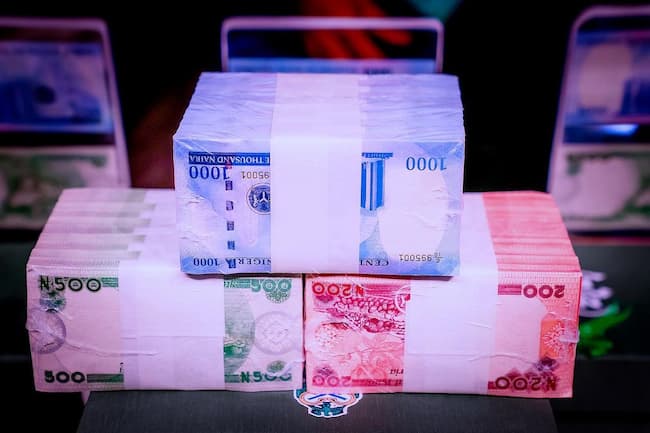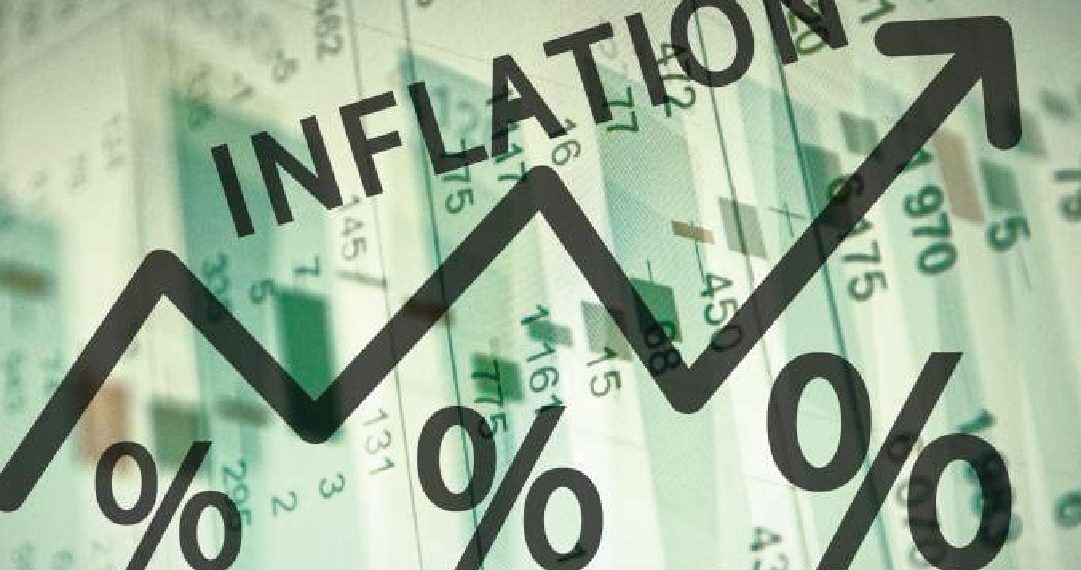The Nigerian naira slipped again in the foreign exchange (FX) market, as data revealed a drop in inflows. Meanwhile, demand for foreign currency grew despite limited liquidity.
According to BizWatch Nigeria, the Central Bank of Nigeria (CBN) seems to have reached a favorable exchange rate, which officials believe could encourage more Nigerian exports. However, a financial expert, who wished to remain anonymous, questioned the viability of this strategy: “What exactly can Nigeria export? It’s industrialized nations with competitive advantages that benefit from exports.”
Data from the FMDQ platform showed that the naira fell by 4 basis points, ending at N1,631.17 in the Nigerian Autonomous Foreign Exchange Market (NAFEM). This marks a decline of N31, after starting the week at N1,600 per dollar.
Last week, the naira fluctuated between N1,600 and N1,654.1, closing at N1,600 in the spot market. In the parallel market, the naira averaged around N1,740, according to Coronation Research. This created a 9% difference between official and parallel market rates, a gap that could lead to speculative trading.
Analysts observed that total U.S. dollar turnover in the Nigerian autonomous FX market fell by 39.9%, or $1.05 billion, ending the week at $1.6 billion. The demand for U.S. dollars remains high, with the CBN’s FX auction sales continuing to absorb this demand. Last week, the Nigerian autonomous FX window saw inflows of $847 million.
Breaking down these inflows, the Central Bank contributed 11.3%, foreign portfolio investors (FPIs) 22.5%, non-bank corporations 20.5%, exporters 25.4%, and other sources accounted for 20.3%. These inflows have helped support liquidity in the currency market.
Meanwhile, oil prices rose by over 1%, fueled by unexpected declines in U.S. crude and gasoline inventories and speculation that OPEC+ may delay an increase in oil output. Today, Brent crude climbed to $72.40, while U.S. benchmark West Texas Intermediate (WTI) rose to $68.43. Gold prices also hit a record high, reaching around $2,800.40 per ounce.
Analysts attribute these price increases to safe-haven demand amid U.S. election uncertainty and expectations of economic data that could impact the Federal Reserve’s policy decisions.













